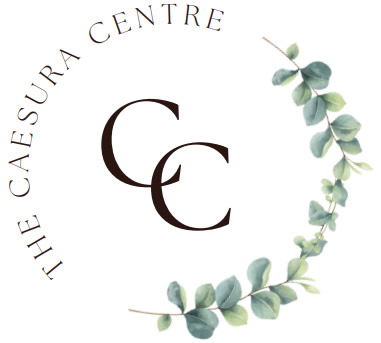Hoarding is a psychological condition that goes beyond simply collecting or amassing possessions; it is a complex and often misunderstood disorder that affects millions of people worldwide. Hoarding disorder is characterized by an excessive accumulation of possessions, regardless of their actual value. Individuals with hoarding tendencies find it challenging to part with items, leading to clutter and chaos in their living spaces. The disorder often extends beyond physical belongings to include emotional attachments to objects, making it a deeply rooted issue.
Hoarding disorder is a mental health problem that a doctor can diagnose. But you might also experience hoarding as part of another mental or physical health problem.
If you hoard, you might:
- Feel the need to get more things, even if you have a lot already
- Have very strong positive feelings whenever you get more things
- Feel very upset or anxious at the thought of throwing or giving things away because of your emotional attachment to them
- Find it very hard to decide what to keep or get rid of
- Find it hard to organise your things
- Have so many things that you can’t use parts of the place you live in – like not sleeping on the bed or using the sink
- Have lots of disagreements with the people close to you about your things
- Find it hard to pack for trips away, like a holiday – you might pack many more things than you really need, because you can’t decide what’s important

Foundations of hoarding
Hoarding is thought to be the result of a combination of genetic, environmental, and neurobiological factors. Traumatic experiences, such as loss or a significant life event, may trigger hoarding behaviour. This may be due to an individual attempting to regain control and create a sense of security through material possessions. Additionally, some studies suggest a genetic predisposition to hoarding tendencies.
The impact of hoarding
Living with hoarding disorder can significantly impact an individual’s daily life, mental health, and relationships. The clutter and disorganisation can lead to social isolation, as individuals may be embarrassed or ashamed to invite others into their homes. The constant struggle to manage possessions can also result in heightened stress and anxiety, further extending the challenges faced by those with hoarding tendencies.
The emotional aspect
Hoarding often involves a deep emotional connection to possessions, making it difficult for individuals to discard even seemingly insignificant items. The emotional attachment may stem from memories associated with the objects or a fear of losing a part of oneself by letting go. Understanding this emotional aspect is crucial for offering effective support and intervention.

Tackling the stigma
Reducing the stigma associated with hoarding is a crucial step towards fostering understanding and empathy. By acknowledging that hoarding is a complex mental health issue rather than a simple matter of cleanliness, we can encourage open conversations and promote awareness about available resources for help.

Support
Approaching hoarding with compassion and empathy is vital for helping individuals navigate the challenges of their disorder. Professional intervention, such as cognitive-behavioral therapy (CBT) and support groups, can provide valuable tools to address the root causes of hoarding and develop healthier coping mechanisms. It’s essential for friends and family to offer non-judgmental support, fostering an environment where individuals feel safe seeking help.
If you feel distressed by hoarding, you might want to consider seeking treatment. A growing number of mental health professionals are aware of hoarding disorder.
The first step when seeking help is usually to visit your GP. If they think you’re experiencing hoarding disorder, they might refer you to a psychiatrist or other mental health professional.
There are also tools available, which may help your discussion with your GP (from MIND).
Hoarding ice breaker tool. Filling in a hoarding ice breaker form could help you to talk to your GP. You can download a copy from the website Rainbow Red. It can help you explain how hoarding affects you.
Clutter Image Rating tool. Using this tool involves looking at pictures and choosing which ones most closely match your situation. You can download a copy from Hoarding Disorders UK. You may also be able to find a free app by searching your app store for ‘Clutter Image Rating’.



